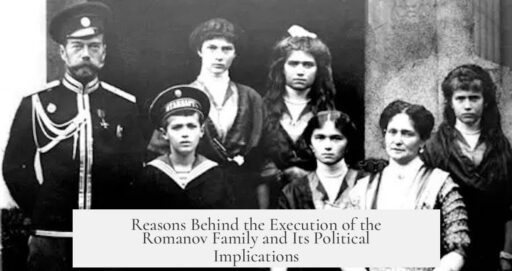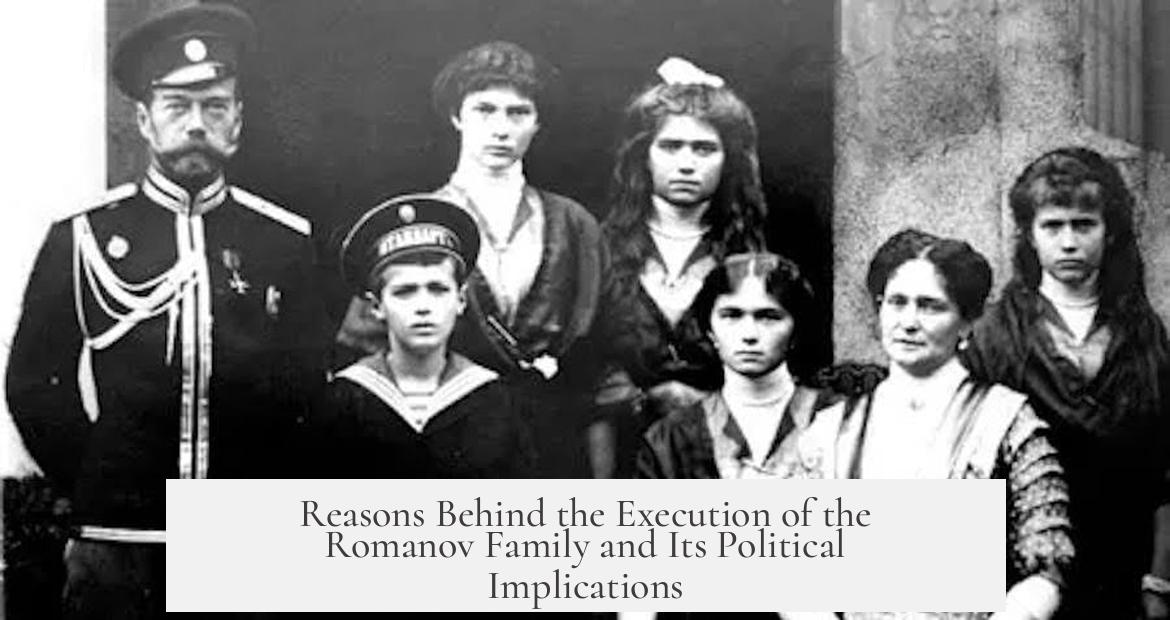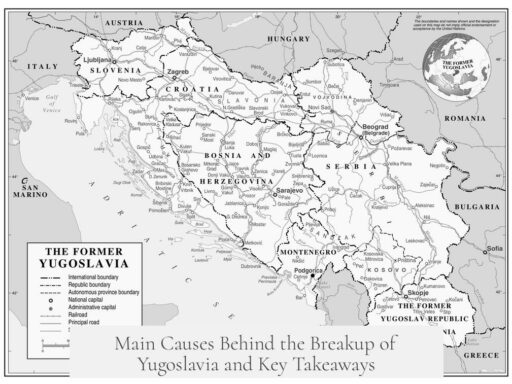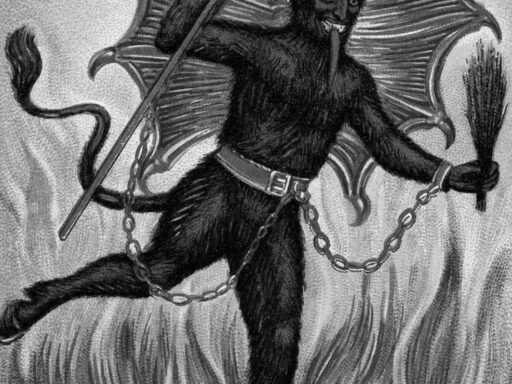The Romanov family was killed primarily because they posed a direct threat to the Bolshevik regime during the Russian Civil War. The Bolsheviks viewed the Romanovs as a symbol of the old monarchy and the White Army’s cause. Eliminating the family prevented any rallying points for monarchist opponents and stopped any chance of monarchy restoration, ensuring the Soviet government’s survival and legitimacy.
The Romanov family represented the monarchy, which the Bolsheviks were actively dismantling. During the civil war (1917–1922), the White Army sought to restore the monarchy and opposed the Reds. The Romanovs stood as the symbolic leaders for the Whites, so preserving them risked providing the anti-Bolshevik forces a potent rallying symbol. Killing the Romanovs undermined this potential source of unity and morale among the White forces.
More than a symbolic move, the family’s survival posed an existential threat to the new Soviet government. The Romanovs were the only legitimate claimants to the Russian throne. If they had remained alive, even as prisoners, any possibility of monarchist restoration, supported by internal and external forces, remained open. This included potential foreign intervention by countries like Britain, which might have used the Romanovs to back the White Army. Their deaths removed this risk permanently.
The Bolsheviks also wanted to avoid future risks. The entire Romanov family, including children, was killed to eliminate a continuous threat. If the young Romanovs had survived, they could later produce heirs who might claim the throne, creating lasting legitimacy challenges for the Soviet regime.
Additionally, revolutionaries often execute former rulers to prevent them from becoming focal points for opposition. The Bolsheviks followed this approach meticulously, understanding that keeping the monarchy’s figureheads alive would invite counter-revolutionary propaganda and support.
Another critical factor was the imminent threat of the Czech Legion, an anti-Bolshevik military force moving toward Yekaterinburg, where the Romanovs were imprisoned. Bolshevik leaders feared the Legion might liberate the family, reviving White resistance. This accelerated the decision to kill the Romanovs before the Whites could intervene.
When the Bolsheviks took power, the Romanovs were already imprisoned by the previous government. The Bolsheviks “inherited” their captivity. Maintaining the family alive had little strategic advantage. The Reds could not ransom the Romanovs, as the monarchist supporters were weakened or hostile. Using them as puppets was against Bolshevik ideology, which sought to abolish monarchy altogether.
The Whites sought to keep the Romanovs alive to use them for foreign support. Marriages could forge alliances, and the family could legitimize a restored monarchy. Killing the Romanovs cut off these routes, denying enemies an opportunity to leverage the family for political or financial aid.
Blame for ordering the executions varies in historical records. Bolshevik leader Lenin is often credited with the decision to prevent giving White forces a live symbol. However, contemporary investigations suggest the Ural Soviet—a regional Bolshevik authority in charge where the Romanovs were held—actually made the fatal decision. The Ural Soviet aimed to minimize political risk, as moving the family posed danger of rescue or escape.
Historical parallels reinforced Bolshevik fears. Examples from Serbia, Afghanistan, and 19th-century France show dethroned monarchs living in exile often served as rallying points for opposition and instability. The Romanovs’ fate followed this pattern, eliminating a traditional cause of political strife.
Lastly, the execution was meant to demoralize the White Army. With no Romanov to restore, the Whites would lose morale and purpose. The Bolsheviks recognized that removing the monarch would weaken the enemy’s resolve and hasten their defeat.
- The Romanovs symbolized the White Army and monarchy.
- Killing them prevented monarchist restoration and foreign support.
- All family members were killed to remove future legitimacy threats.
- The fear of the Czech Legion rescuing them pushed the execution forward.
- The Bolsheviks, especially the Ural Soviet, aimed to avoid political risks.
- Historical examples show dethroned monarchs in exile threaten new regimes.
- Execution demoralized the White Army, aiding Bolshevik victory.
Why Was the Romanov Family Killed?
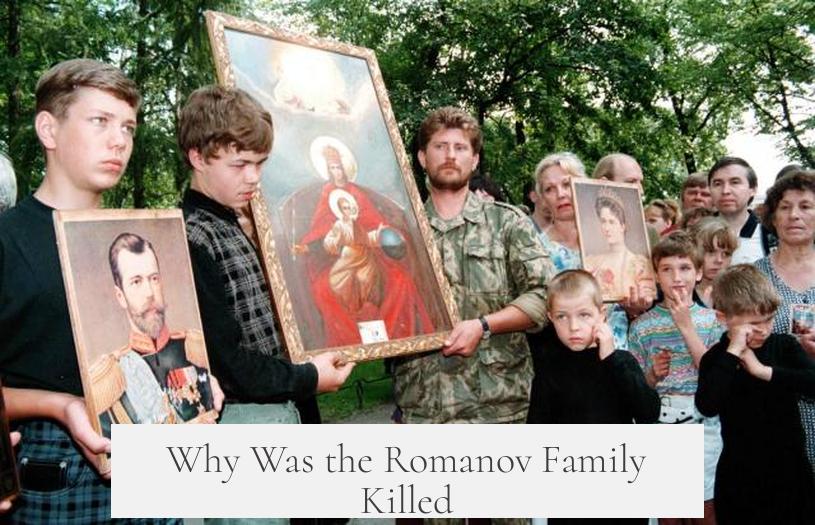
The Romanov family was killed primarily because they were a significant threat to the Bolsheviks’ hold on power. This brutal act was no spur-of-the-moment decision but a calculated move rooted in the bitter realities of Russia’s civil war. Let’s dive deep into this tragic event and uncover the complex reasons behind their execution.
First off, who exactly were the Romanovs? They were the ruling family of Imperial Russia, with Tsar Nicholas II as the last emperor. After Russia’s devastating involvement in World War I and widespread unrest, the monarchy crumbled. Tsar Nicholas II abdicated in 1917, but his family’s fate didn’t end there.
During Russia’s civil war (1917–1922), the country was split between the Reds (Bolsheviks) and the Whites (anti-Bolsheviks). The Romanovs became a powerful symbol for the White Army. This symbolism made them a live threat. The Whites could rally around the family as the rightful rulers, challenging Bolshevik legitimacy. The Bolsheviks knew that as long as the Romanovs lived, they were an existential threat to the new Soviet regime.
The Romanovs as a Threat
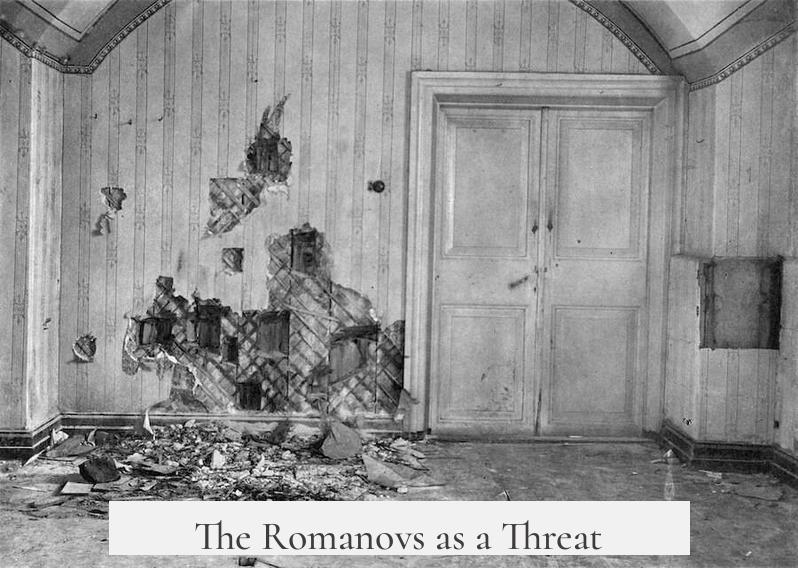
The Whites fought fiercely to restore the monarchy or at least use the Romanovs as political leverage. Imagine if the Romanovs had escaped to Britain or somewhere safe abroad. Western powers such as Britain were already suspicious of Bolshevik rule. Having the Romanovs alive would’ve been a perfect justification to back the Whites financially and militarily. It’s easy to see why the Bolsheviks couldn’t let that happen.
“You can’t re-establish a monarchy if the monarch and his whole family are dead,” the Bolsheviks likely reasoned with grim certainty.
The Soviets’ fears weren’t just immediate. The Romanov children—young girls too—posed a long-term danger. Once grown and married, their descendants could claim legitimate authority, undermining the Soviet government’s grip decades down the line. So, the decision wasn’t just to silence a past ruler but to erase any future claims to the throne. It was a ruthless bid to prevent the monarchy’s return once and for all.
Fear of Rescue: The Czech Legion’s Role
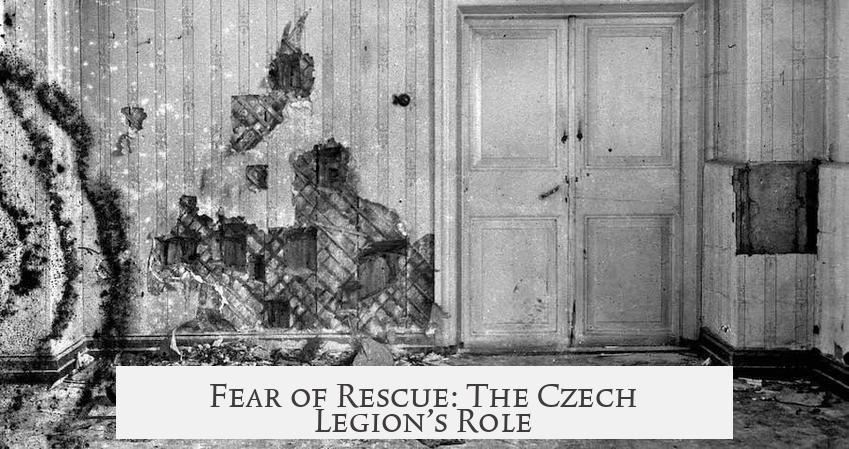
The Bolsheviks also feared the approach of the Czech Legion, a powerful anti-Bolshevik military force moving toward Yekaterinburg, where the Romanovs were imprisoned. The Bolsheviks worried the Legion would liberate the family and use them against the Reds. This impending threat accelerated the decision to execute the Romanovs rather than risk losing their ‘hostages.’
No Reason to Keep Them Alive
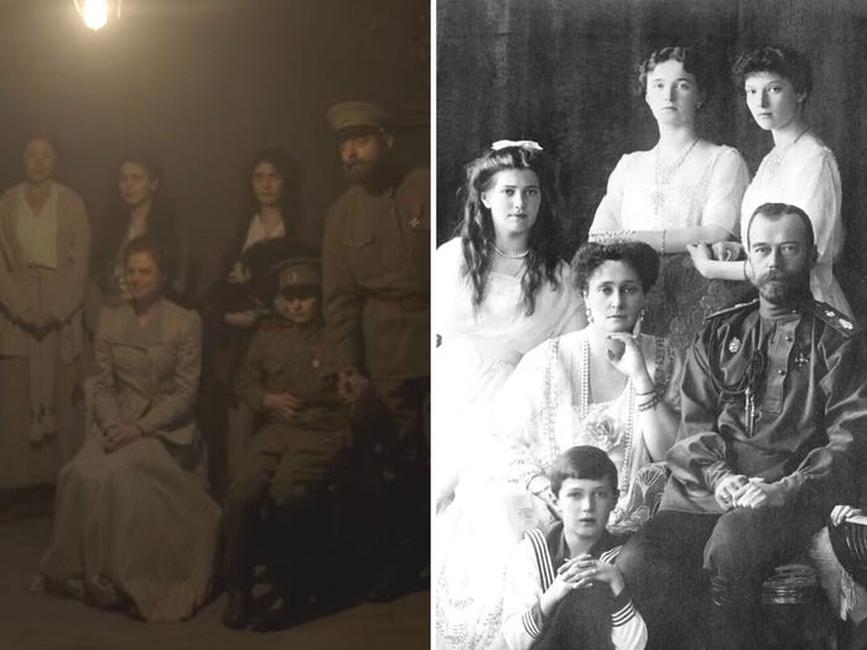
After the Tsar abdicated, a democratic government initially took them into custody. However, when the Bolsheviks ousted that government, they inherited “the Romanov problem.” But why keep them alive at all?
To the Bolsheviks, the Romanovs had no practical value as prisoners. They couldn’t ransom them because their enemies—Russian aristocrats, Western monarchies, or the White Army—were out of reach or hostile. The Bolsheviks stood for abolishing monarchy, so keeping the family alive as puppets didn’t align with their goals either.
Besides, the Soviet government was internationally isolated and faced internal insurgency. No political or diplomatic pressure stopped them from settling the ‘Romanov question’ with finality.
Enemies Could Use Them
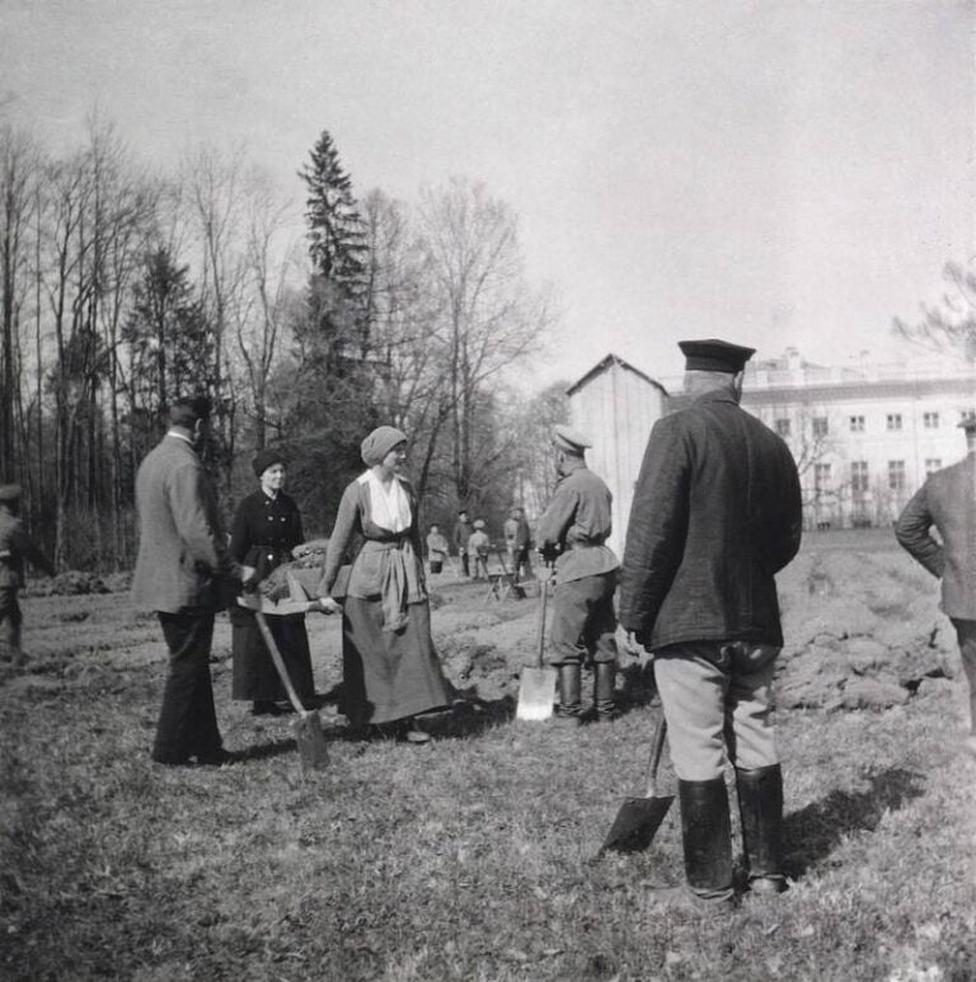
An important angle is the potential use of the Romanovs by enemies. The White Army could’ve exploited the Romanovs’ symbolic importance to rally support, both financial and military. Foreign powers might have sought to marry Romanov children into royal families to secure alliances. By killing them, the Bolsheviks eliminated this possibility entirely.
The Decision-Makers and Politics Behind the Killing
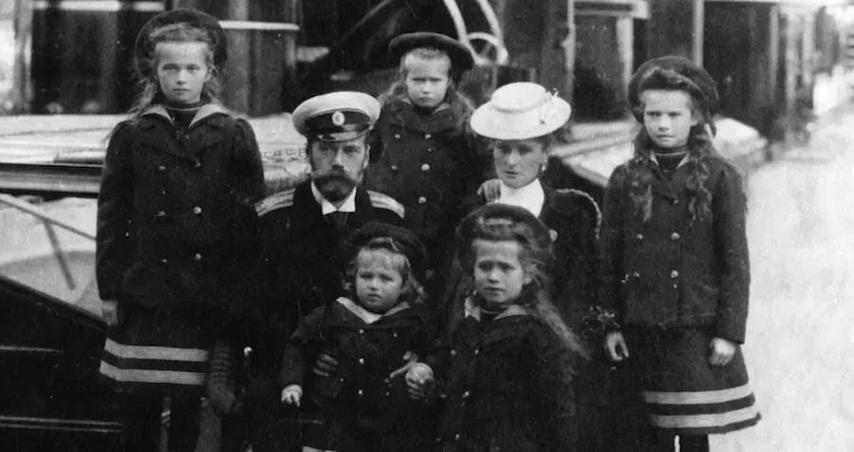
Who actually ordered the execution has been debated. The well-known account is Trotsky attributing the decision to Lenin, emphasizing that leaving the royal family alive would give the Whites a banner to rally under.
More recent investigations suggest the Ural Soviet, a regional Bolshevik government governing Yekaterinburg, gave the final orders. This local government was collapsing and faced a horrific choice: move the family to safety and risk the consequences if they escaped or be captured, or eliminate them and avoid political backlash. They chose the latter, a more secure political option to preserve the Bolsheviks’ fragile hold.
Historical Lessons: Monarchs Never Truly Die if Claims Live On
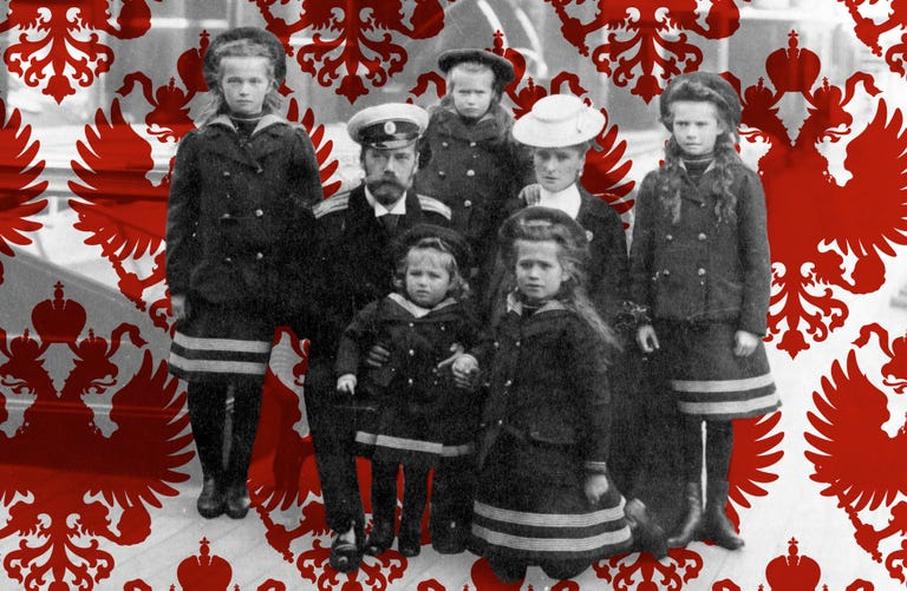
If you look through world history, rulers who are deposed but still alive often become focal points for rebellion. Serbia, 15 years earlier, experienced similar dynastic struggles. The Russians were well aware of such lessons. The British experience with restoring Shuja Shah in Afghanistan shows how exiled monarchs can be restored as puppets to foreign powers.
France’s 19th-century woes with unstable republics versus royalists also prove the point: leaving dethroned royalty alive risks unstable governments and civil unrest.
Demoralizing the Whites
Killing the Romanovs also served a psychological purpose. The Whites were fighting to reinstate the monarchy. What happened when their symbol of hope disappeared? It was a brutal blow to their morale and propaganda. Without the Romanovs alive, could they still inspire the masses or gain international sympathy?
So—Why Was the Romanov Family Killed?
It boiled down to power, legitimacy, and survival. The Romanovs represented the old Russia—the monarchy, aristocracy, and legitimacy opposed to the Bolshevik vision. Their existence posed an ongoing threat during a volatile civil war, potentially serving as a rallying point for domestic and foreign enemies. Killing the entire family removed any future claimants and sent a message that the old regime was over.
In this context, their execution in 1918 was a grim but strategic act by the Bolsheviks. It was a way to close a chapter on Imperial Russia — however brutal — and ensure the Soviet experiment continued without a royal ghost haunting its future.
So next time you ask, “Why was the Romanov family killed?”, remember it wasn’t just about wiping out a family. It was about eradicating a symbol, an idea, and a future threat to a regime fighting desperately for survival. Dark, yes, but history is often as harsh as it is fascinating.
Why did the Bolsheviks see the Romanov family as a threat?
The Romanovs symbolized the White Army’s cause during the civil war. Killing them prevented any monarchist restoration and stopped enemies from using the family to rally support.
How did the possibility of the Czech Legion capturing the Romanovs affect the decision?
The Bolsheviks feared that if the Czech Legion freed the Romanovs, it could strengthen the Whites’ fight. This added urgency to eliminating the family before rescue was possible.
Why were even the younger Romanov children killed?
Even the children posed a future risk. If they survived, they might have descendants who could threaten Soviet legitimacy and provide a rallying point for monarchist supporters.
Was there any political or strategic benefit to keeping the Romanovs alive?
No. The Bolsheviks gained little by keeping them alive. Ransoming or using them as pawns contradicted their goal to end monarchy and monarchy-linked legitimacy.
Who officially ordered the execution of the Romanov family?
The Ural Soviet gave the execution order. They saw killing the family as a safer political choice, preventing their rescue and protecting themselves from punishment.
How did other historical monarchies influence the Bolsheviks’ decision?
Cases like Serbia and France showed that as long as valid heirs lived, governments remained unstable. The Bolsheviks wanted to avoid this by completely removing the Romanov line.
